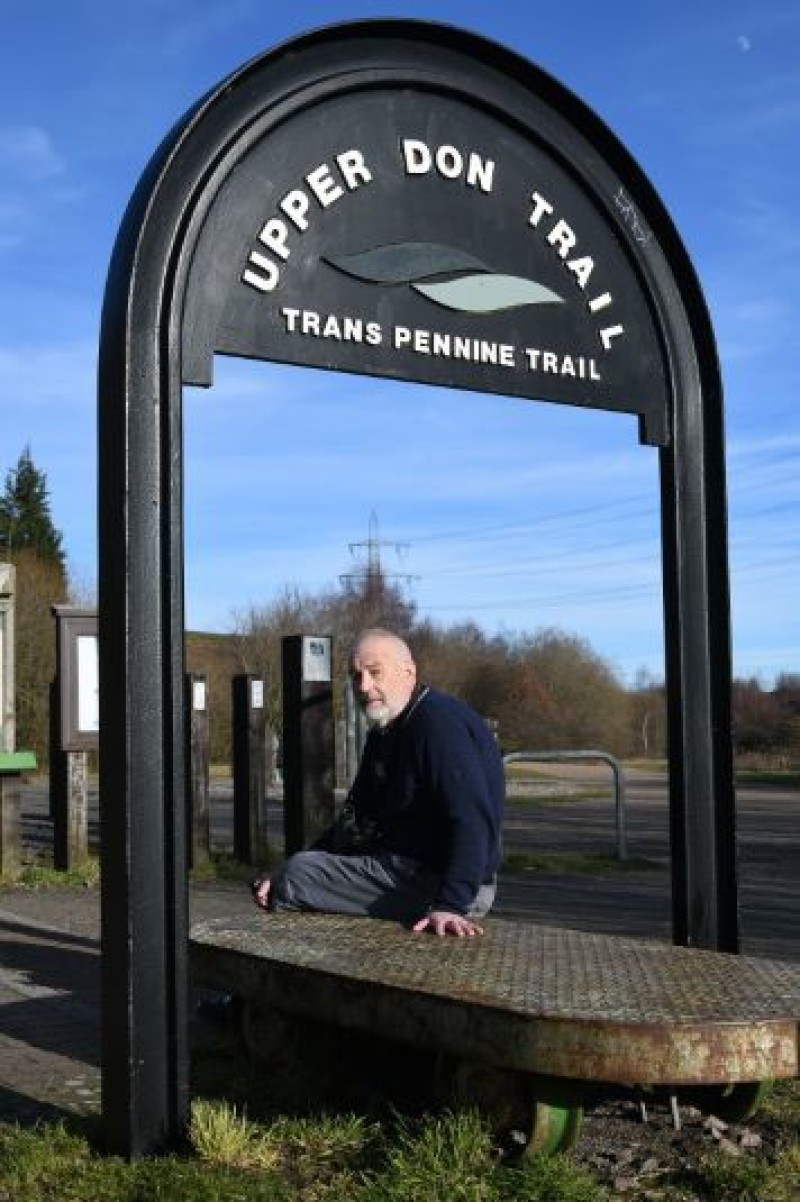WORRIED naturalist Doug Brown is challenging big plans to bury power cables under the Trans Pennine Trail which will see part of the popular walking and cycling route closed for up to three years.
He says dismantling a line of pylons to boost views of the landscape around Dunford Bridge could destroy flora and fauna - especially a much-loved nature reserve.
And he suggests a cheaper option which he reckons would boost views while limiting impact.
A straw poll, says Mr Brown, showed that many visitors to the TPT don’t even notice the pylons in any case.
“This is a clash of landscape and biodiversity,” said Mr Brown, who lives at Silkstone Common.
As part of a package of price controls and incentives with Ofgem, the National Grid got a share in a pot of £500m to mitigate visual impact of infrastructure at protected landscapes.
The scheme for the TPT, near the Peak District National Park, was one of a number approved. The project would see pylons along a one-and-a-quarter mile stretch taken down and the power channelled through underground cables.
The proposed line runs from a ‘sealing end’ compound near the eastern entrance to the Woodhead tunnel at Dunford Bridge along the upper stretches of the River Don towards the national park’s boundary.
The scheme is yet to be considered by a planning board, but various seminars and meetings have been held to explain the proposals.
The existing trail could be out of bounds for up to three years and diversionary routes would be in place.
“It is quite a project and would disrupt this section of the trail for a long time,” said Mr Brown, a member of Barnsley Naturalist Society.
“But what concerns me is the wildlife aspect. At the end of the stretch they are going to create a stop end - a building and a pylon.
“It is a landscape issue for the park authority but along the TPT orchids have become established and presumably these and other species will go.
“At the end is also Wogden Foot nature reserve and this scheme will really destroy that.
“The National Grid has done surveys and it is clear this will impact heavily on the TPT and the reserve.
“I have done a straw poll and asked people going on to the trail if they noticed the pylons and no-one had.
“I agree that the pylon right at the end of the tunnel is an eyesore. The National Grid want to open up the vista and I agree with that concept, but not at the expense of the wildlife.”
Mr Brown suggests leaving the sealing end where it is but replacing the pylons with more low-profile versions above ground.
“They are much less obtrusive and would be cheaper,” he said.
“I am waiting for details of the planning meeting at which this will be discussed and then I will lodge an objection.”
Mr Brown has already written to the National Grid outlining his ideas and has been to consultations.
Ironically, the scheme comes as the TPT celebrates its 30th birthday with conservation volunteers planning events to mark the milestone.
A spokesperson from the National Grid added: “The aim is to achieve maximum enhancement to the landscape from available funds while ensuring no significant adverse impact as a result.”
The planning application is expected to be submitted in the near future with an award looked for mid-2019, construction to start in mid-2020 and ending in 2022.



























